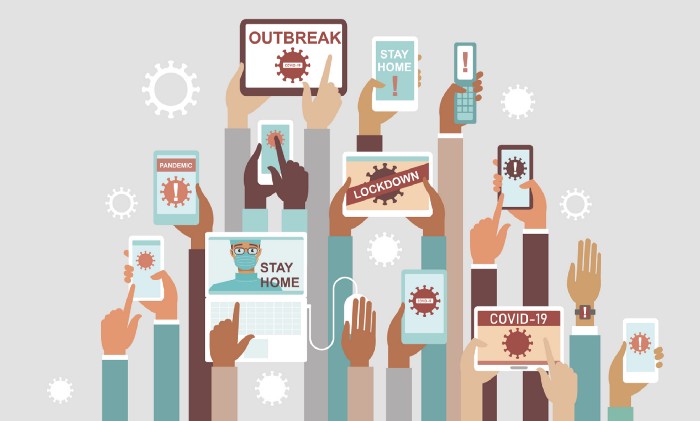
There’s still a lot that’s not known about the novel coronavirus SARS-CoV-2 and COVID-19, the disease it causes. What leads some people to have mild symptoms and others to end up in the hospital? Do masks help stop the spread? What are the economic and political implications of the pandemic?
As researchers try to address many of these questions, many of which will not have a simple ‘yes or no’ answer, people are also trying to figure out how to keep themselves and their families safe. But between the 24-hour news cycle, hundreds of preprint research articles, and guidelines that vary between regional, state, and federal governments, how can people best navigate through such vast amounts of information?
Using insights from the field of natural language processing and artificial intelligence, computer scientist Dan Roth and the Cognitive Computation Group are developing an online platform to help users find relevant and trustworthy information about the novel coronavirus. As part of a broader effort by his group to develop tools for navigating “information pollution,” this platform is devoted to identifying the numerous perspectives that a single query might have, showing the evidence that supports each perspective and organizing results, along with each source’s “trustworthiness,” so users can better understand what is known, by whom, and why.
Continue reading at Penn Today.
